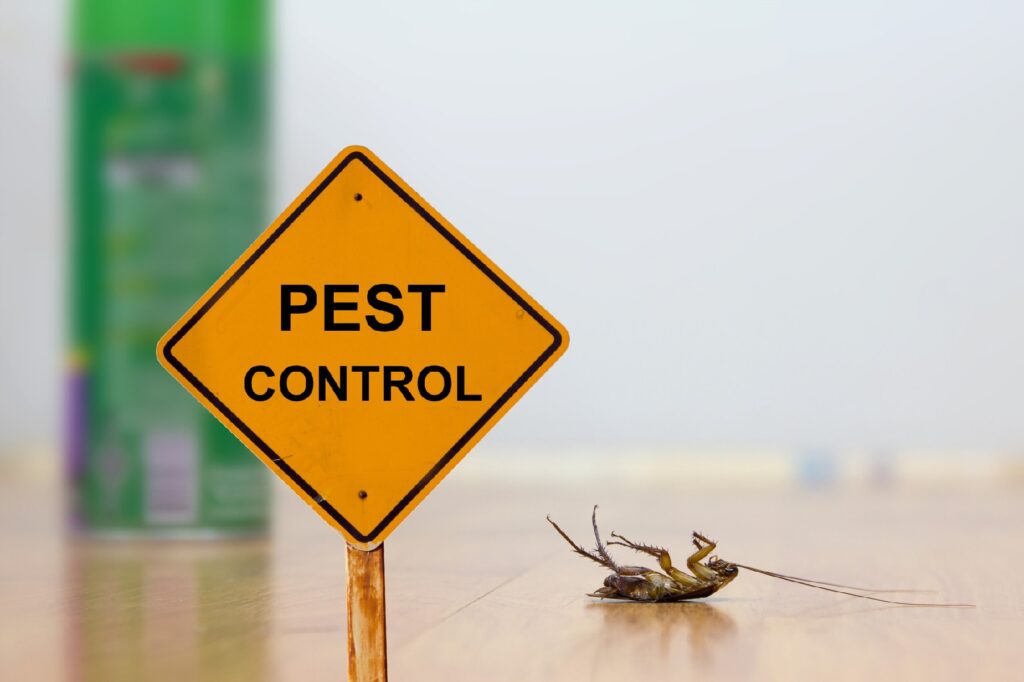Bed Bug Therapy Breakdown: Comparing Chemical Vs. Non-Chemical Solutions
In the world of pest control, especially when taking care of the consistent problem of bed pests, the selection in between chemical and non-chemical treatment remedies can be a crucial one. Both methods provide distinctive benefits and disadvantages, affecting elements such as performance, security factors to consider, and overall cost. By taking a look at the nuanced details of each method, a more clear understanding of which course to pursue in resolving a bed insect problem can be achieved.
Performance of Chemical Therapies
Chemical treatments for bed pest invasions have been extensively acknowledged for their powerful and quick efficiency in eliminating these pests. When considering the effectiveness of chemical therapies, it is important to recognize that they can supply a fast and complete remedy to a bed bug trouble.
In addition, chemical therapies have the advantage of offering recurring results, indicating that they can continue to get rid of bed bugs also after the first application. This recurring activity is especially helpful in combating any kind of possible re-infestations. In addition, the rapid activity of chemical treatments can bring alleviation to individuals encountering extreme bed bug infestations, permitting them to gain back control of their space promptly.
Safety And Security Interest In Chemical Solutions
One vital aspect that calls for cautious factor to consider when utilizing chemical solutions for bed insect treatment is making certain the security of passengers and the atmosphere. Direct exposure to particular chemicals made use of in bed pest treatments can lead to respiratory system problems, skin irritation, or other adverse responses, particularly in people with pre-existing conditions or sensitivities.
Additionally, the ecological influence of chemical options is another significant consideration. Some pesticides utilized in bed insect treatments might be dangerous to useful bugs, wild animals, and ecological communities if they leach right into the soil or water supply. It is vital to make use of chemical treatments carefully, following safety and security guidelines, and considering less poisonous choices to alleviate these threats and guarantee the effective and secure management of bed insect infestations.
Benefits of Non-Chemical Strategies
Thinking about the possible safety issues and environmental influence linked with chemical services for bed bug treatment, exploring non-chemical methods provides an encouraging choice with several unique advantages. Non-chemical approaches supply a more secure alternative for homes, particularly those with animals, kids, or individuals sensitive to severe chemicals. These strategies remove the dangers of direct exposure to hazardous compounds, lowering the possibility for damaging wellness results. Moreover, non-chemical treatments are eco-friendly, as they do not contribute to air or water pollution, making them a sustainable selection for parasite control.
Additionally, non-chemical options can be efficient in targeting bed bugs, including hard-to-reach pest control near by areas where chemical therapies may not penetrate. Techniques such as heat treatment, vacuuming, heavy steam cleansing, and mattress encasements provide detailed obliteration without making use of hazardous chemicals. Moreover, non-chemical techniques can be much less disruptive, needing minimal prep work and permitting for quicker reentry right into treated locations. In general, choosing non-chemical bed pest therapy methods not just focuses on security and environmental management however additionally guarantees thorough and efficient bug control.
Limitations of Non-Chemical Treatments

Furthermore, non-chemical therapies commonly require numerous applications to accomplish successful elimination. This can be time-consuming and may not always guarantee total elimination of all bed pests and their eggs, especially in concealed or hard-to-reach places.
Moreover, the success of non-chemical treatments greatly depends on correct execution and thoroughness, which can be challenging for people without professional experience. Inadequate application of non-chemical techniques may cause incomplete eradication, leading to relentless infestations and the demand for extra therapies.
Therefore, while non-chemical therapies have their advantages, it is necessary to recognize these you can check here constraints and consider them when identifying the most effective method for taking care of bed pest infestations.
Expense Comparison: Chemical Vs. Non-Chemical Options
Offered the limitations related to non-chemical treatments, an essential facet to examine in the context of bed pest management is the expense comparison between chemical and non-chemical choices. Chemical treatments normally involve the application of insecticides by specialists, which can vary from $250 to $900 per area, depending upon the severity of the problem and the dimension of the area to be dealt with. On the other hand, non-chemical treatments like warm treatment or heavy steam can be a lot more costly, with prices varying from $1,000 to $6,000 for an entire home. new home pest control While the preliminary cost of chemical treatments may appear reduced, multiple therapies may be required to fully get rid of the invasion, possibly increasing the overall price. On the various other hand, non-chemical options might give an extra lasting and eco-friendly service, although they can be cost-prohibitive for some people. Inevitably, when considering the price of bed pest therapy alternatives, it is essential to weigh the in advance costs versus the effectiveness and long-lasting sustainability of the chosen approach.
Final Thought

Thinking about the prospective safety and security problems and environmental impact associated with chemical solutions for bed bug therapy, discovering non-chemical methods presents a promising option with a number of distinct advantages.Provided the restrictions associated with non-chemical therapies, an essential aspect to review in the context of bed insect monitoring is the expense contrast between chemical and non-chemical alternatives. In comparison, non-chemical treatments like heat therapy or steam can be a lot more costly, with costs varying from $1,000 to $6,000 for a whole home. While the initial expense of chemical therapies may seem reduced, numerous treatments may be required to totally eliminate the invasion, possibly boosting the total cost.In final thought, when contrasting chemical and non-chemical bed insect treatment options, it is necessary to think about effectiveness, safety, benefits, constraints, and cost.